The fourth in our blog series Remote Trekking Holidays features the faraway Indian Himalayan region of Ladakh or “Little Tibet” where you discover Stok Kangri and the Markha Valley.
Trek Ladakh – Stok Kangri and the Markha Valley
Location: Jammu and Kashmir State, India
Visitor numbers: est. 30,000 foreign visitors to Leh each year
Challenge rating: Moderate
An introduction to Trekking in Ladakh
Tucked away in the Indian Himalayas, Ladakh is undoubtedly one of the world’s most remote and beautiful trekking destinations. Often referred to as “Little Tibet”, owing to the large number of Tibetan Buddhists who took refuge here in the 1950s, Ladakh has a culture and geography totally distinct from that of the rest of India.
Ladakh is a very much a world unto itself. Though formally part of Jammu and Kashmir State in northern India, this ex-kingdom is a largely isolated land, hidden among four major mountain ranges—the Himalayas, Zanskar, Karakoram, and Ladakh. During the long and harsh winters its people become almost entirely cut off from the rest of the world, but in the spring and summer they welcome travellers with great warmth. Most visitors visit Ladakh between Jun and Oct, when the temperatures are most tolerable.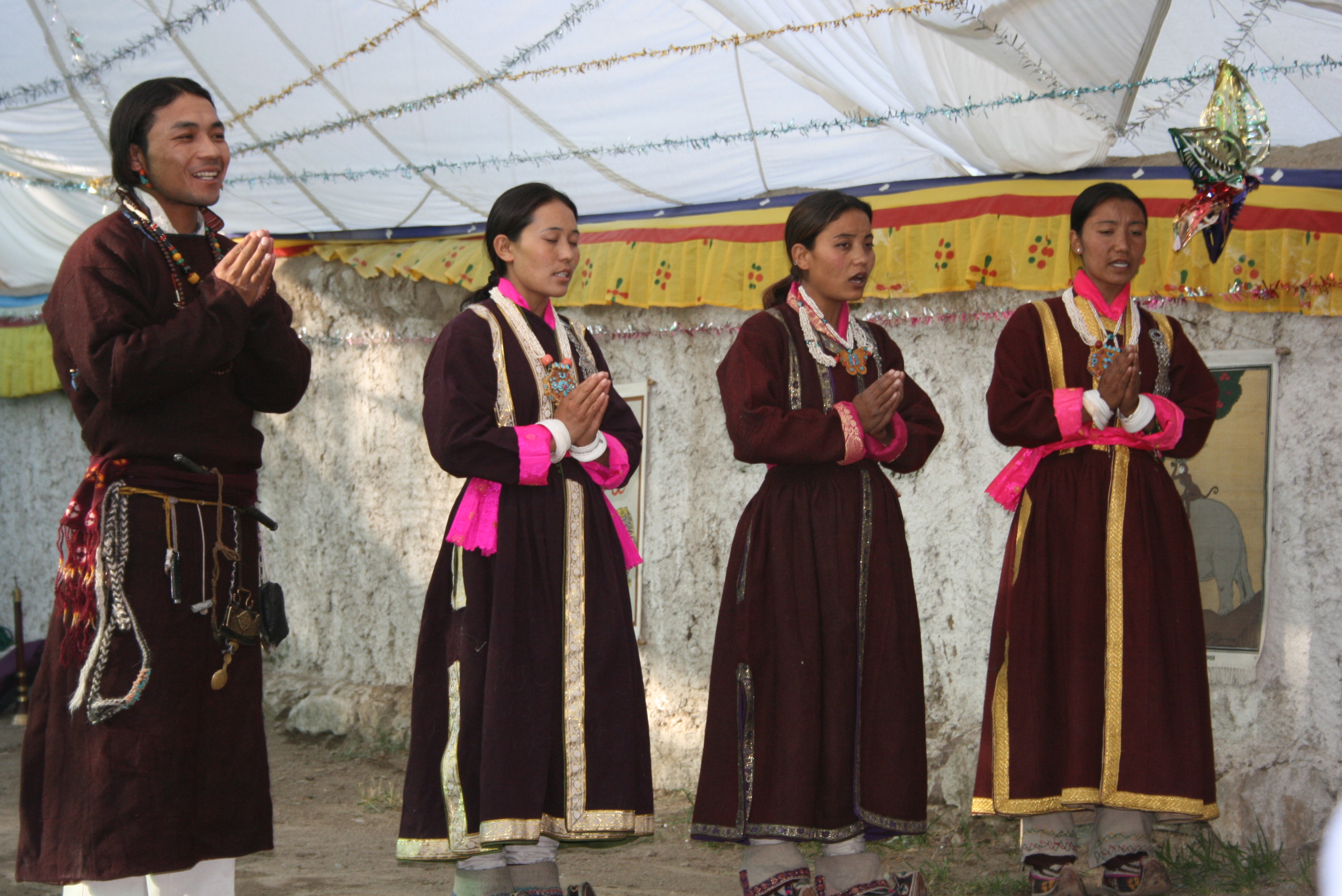
Ladakh shares much with its neighbour Tibet, including a vibrant Buddhist culture that is strongly influenced by Tibetan practices. There are other influences on its culture, however, including a strong Muslim presence. Formerly an important centre of the caravan trade, Ladakh has a diverse, tolerant and very equal society, without the rigid class structure found elsewhere in India.
Leh, the colourful capital of Ladakh, isn’t much more than a provincial town, but in the summer it buzzes with life. The shops and markets are a hive of activity during these months, and so too are the Buddhist monasteries and temples. It’s a delight to explore the town on foot, ambling in its bazaars, or just admiring its beautiful stupas and mani walls. Most treks start from Leh, and we always recommend that travellers spend a few days here taking in the magical atmosphere and acclimatising to the altitude.
Trekking in Ladakh
There are a number of possible trekking routes in Ladakh, ranging from relatively easy, sub-5,000m treks to high altitude climbs such as Stok Kangri and Kangyatze. The most popular routes are the Markha Valley trek and, on the same trail, Stok Kangri. Both attract a good number of visitors each year. But there are also a number of more remote, less-explored trails visiting remote regions such as the Zanskar.
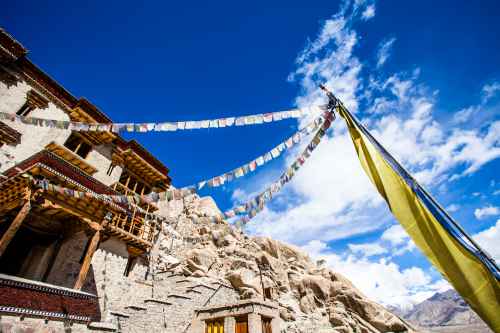
Markha Valley trek:
With easy accessibility from Leh, the Markha Valley trail is the most popular trekking route in Ladakh, and with good reason—it is one of the most beautiful valleys in the region. The relatively approachable trail takes just over one week and offers the visitor a real insight into the landscape and culture of Ladakh, taking them through remote monasteries, shepherd’s settlements, and over high mountain passes that provide dramatics views of the snow-capped Himalayan peaks. It’s an old route, formerly used by the caravan trade, and you’ll travel through many rustic villages along the way, crossing paths with the locals as journey along the trail.
The Markha Valley trek is one of the most approachable walks in the region of Ladakh, but this isn’t to say that it’s easy. You will ascend to over 5,000m, climb several steep passes, and face tough climatic conditions, whatever time of year you travel.
See our extended Markha Valley trail programme.
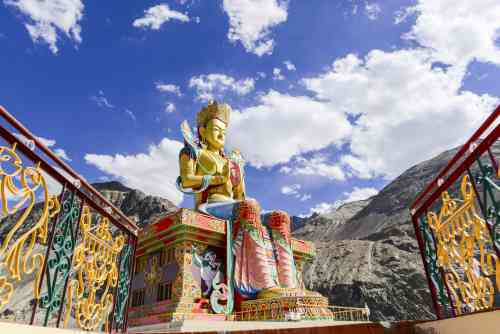
Stok Kangri:
At 6,150m, Stok Kangri is one of the highest non-technical trekking peaks in the Himalayas. For those wanting to climb over the 6,000m threshold but not confident of their climbing ability, Stok Kangri is a wonderful opportunity. The actual summit ascent involves a number of (mostly easy) snow slopes and low-angle scree. You will typically trek 10 miles a day, though faster approaches are possible.
Stok Kangri is usually visited as an extension to the Markha Valley Trail, following much the same approach as the one-week Markha Valley trek. You will cross several of the same passes, and trek through the same magical landscapes.
It is possible to complete the trek to the summit of Stok Kangri in as little as seven days, but we generally recommend a 9-10 day climb for a safer acclimatisation profile. See our Stok Kangri climb itinerary.
Alternative Ladakh treks:
The Markha Valley Trail, and by extension Stok Kangri, are increasingly popular treks, but for those who really want to get off the beaten track Ladakh offers a number of remote, very rarely-trodden routes.
The ancient kingdom of Zanskar, in the eastern reaches of Jammu and Kashmir, sees very few trekkers, partly because of the difficulty of accessing the region—you will cross high passes and ford the Zanskar River. For much of the year the high passes of the region are inaccessible due to snow, making it necessary to follow the course of the Zanskar River, which freezes in the winter. Treks in the Zanskar region typically start from Phanjila, a day’s drive from Leh. There are a number of possible routes.
Closer to Leh, Mt Kangyatze is, like the more popular Stok Kangri, a relatively approachable high altitude climb. It is marginally higher than Stok, at 6,400m, and for the most part non-technical, but it offers a chance to explore a different area of the Indian Himalayas.
Kangyatze has two peaks, eastern (6,400m) and western (6,200m), and most trekkers will only attempt the latter, as the eastern summit requires ice climbing skills. The views of the Changtang Plateau and into Tibet from the summit are spectacular.
Read more about Trekking in Ladakh here.
Other blogs in this series:
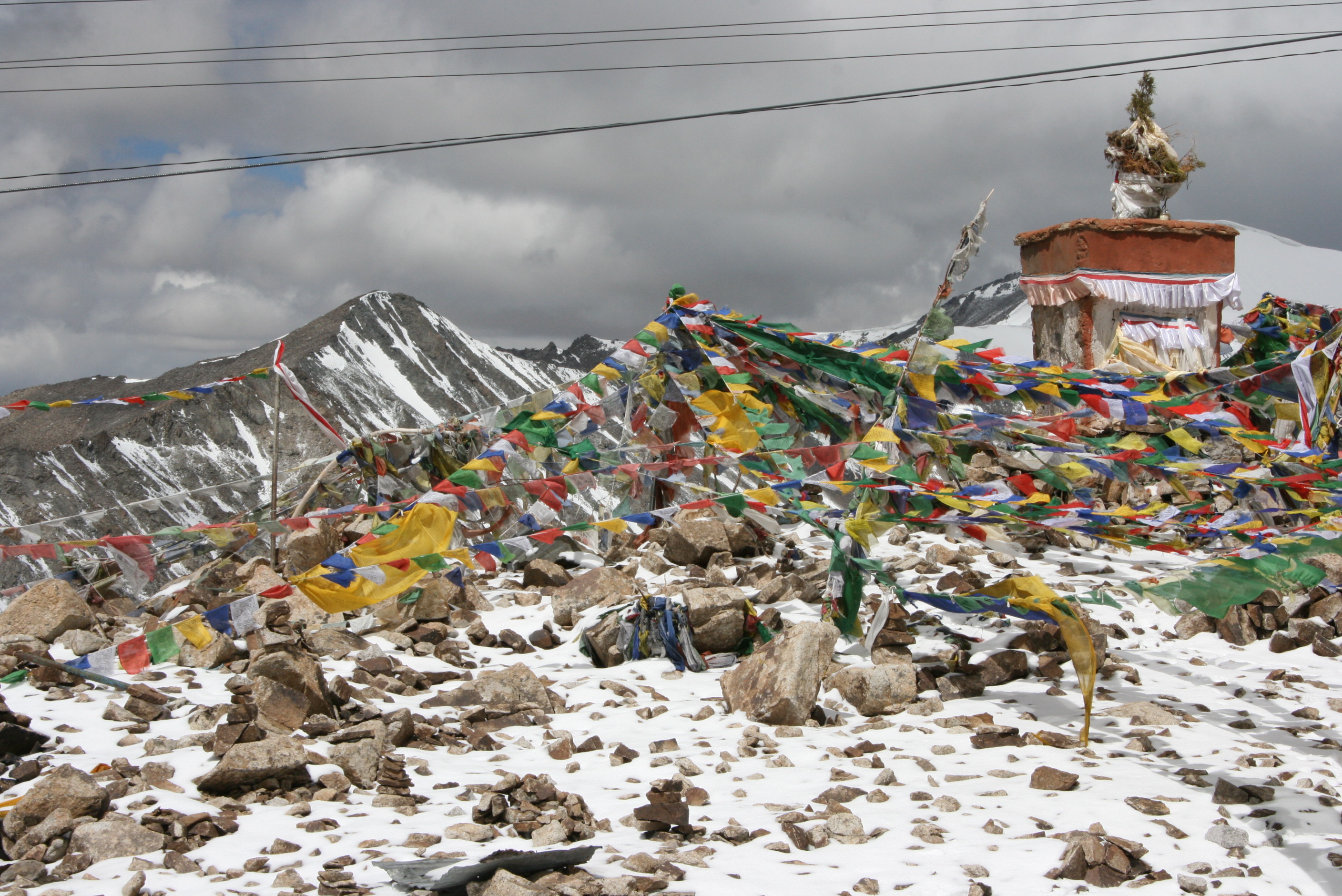
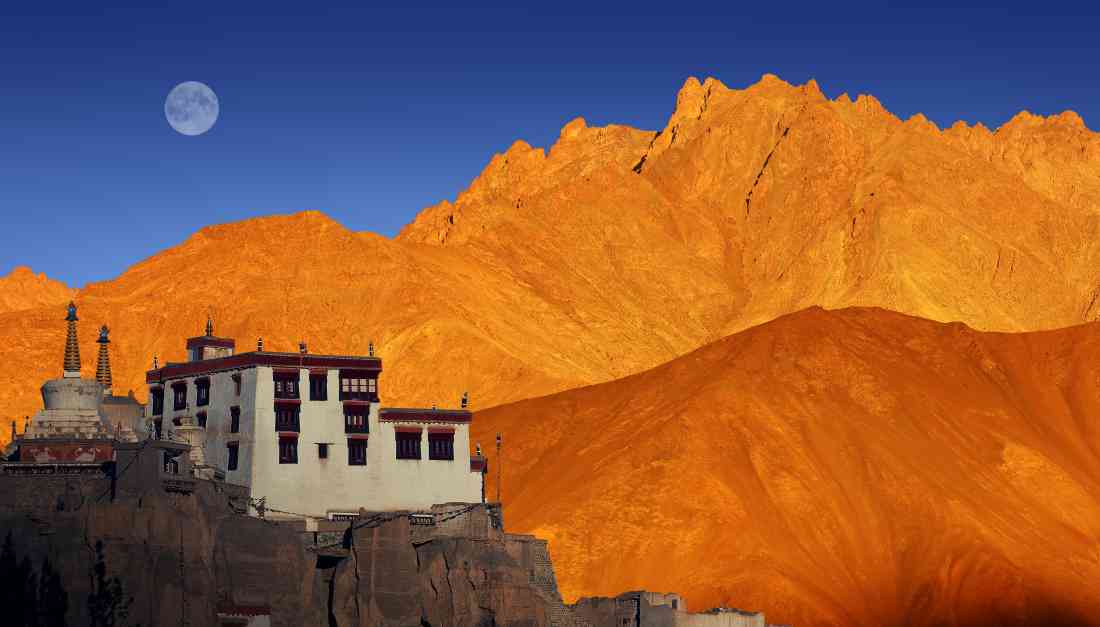


Hi Jeremy,
See that nothing slows you down. Love your images and have always wanted to ‘explore’ this area. Call me next time you head off and I’ll tag along with you. Cheers, Sylvia.
Thank you Sylvia. You would be most welcome.